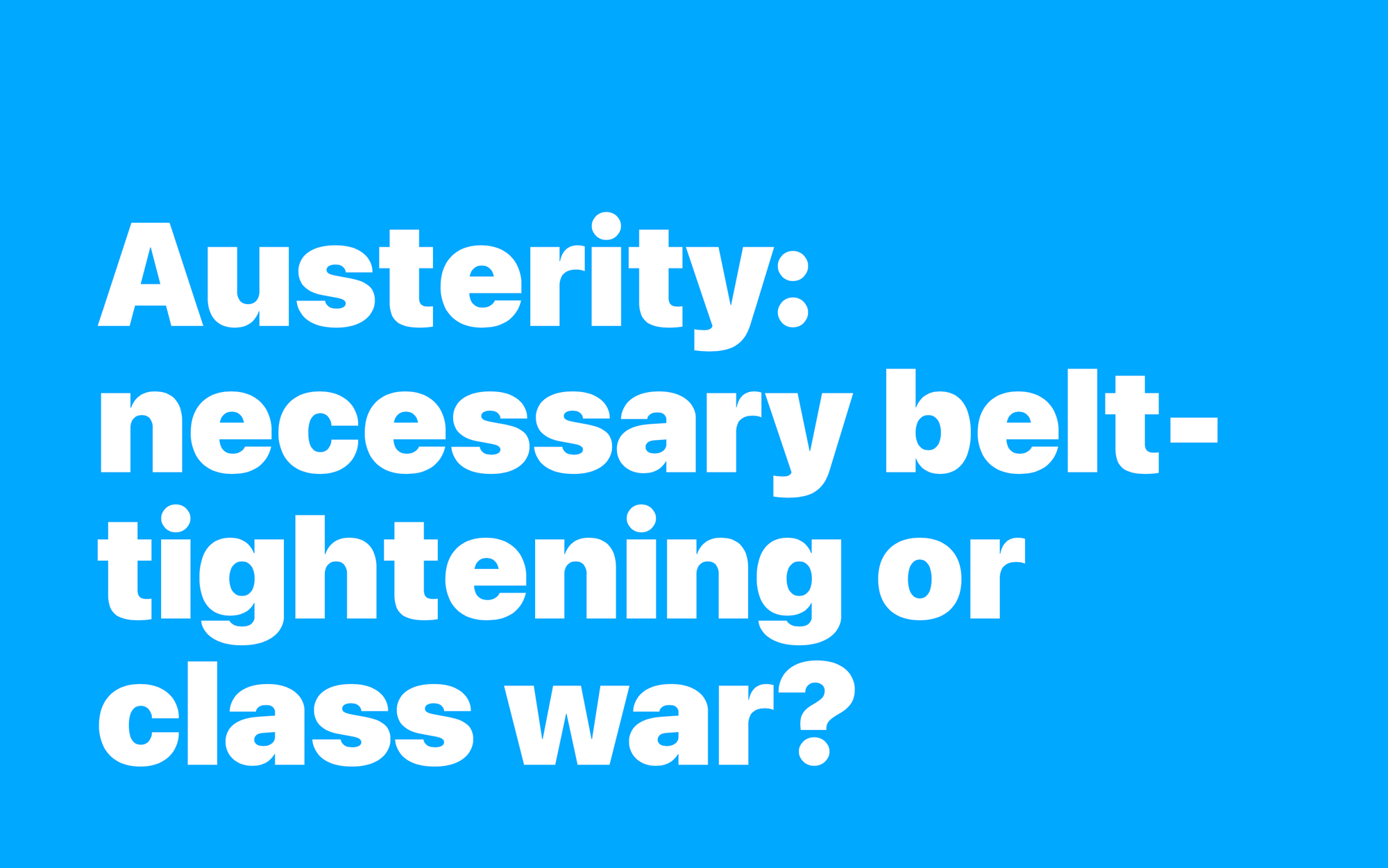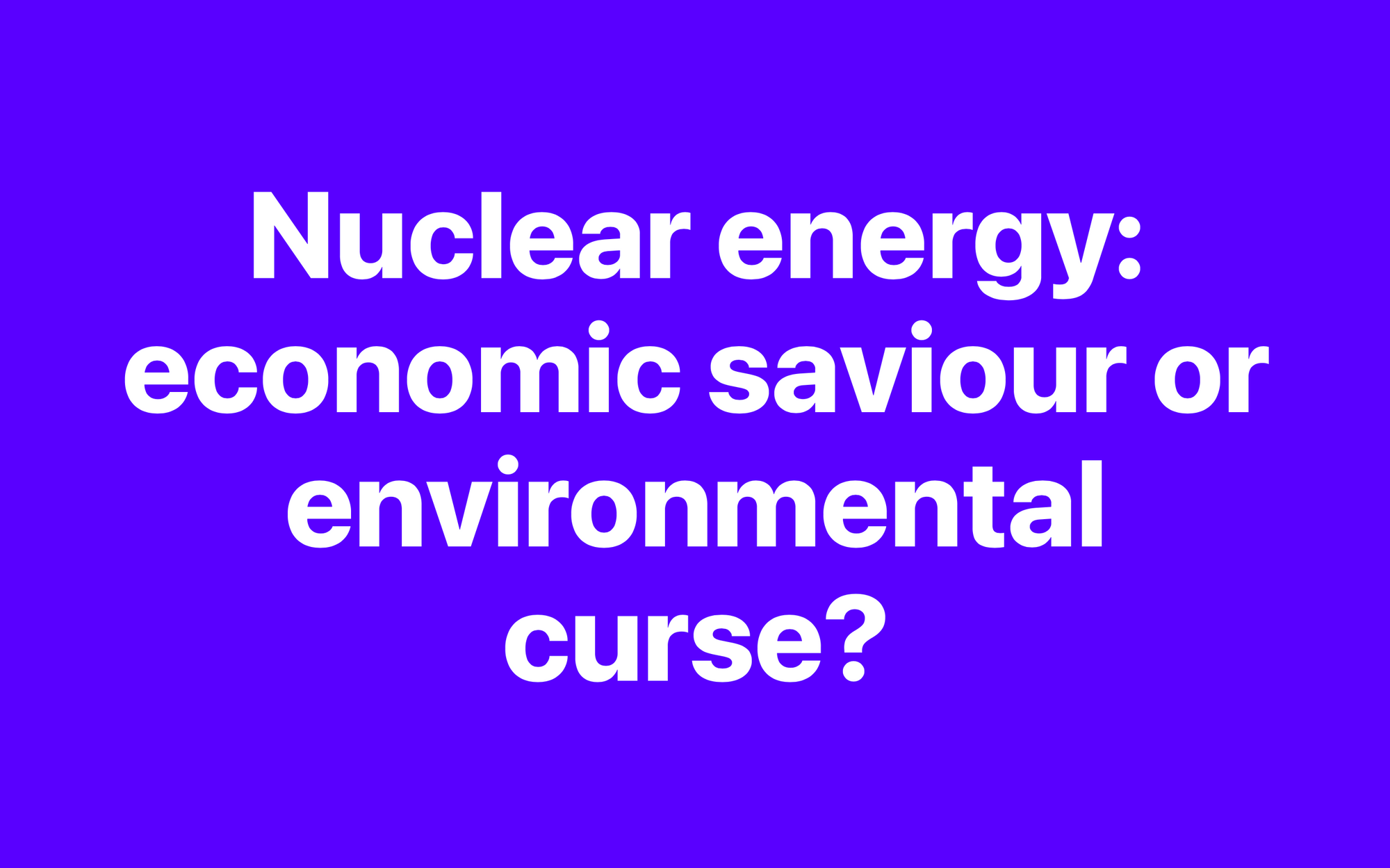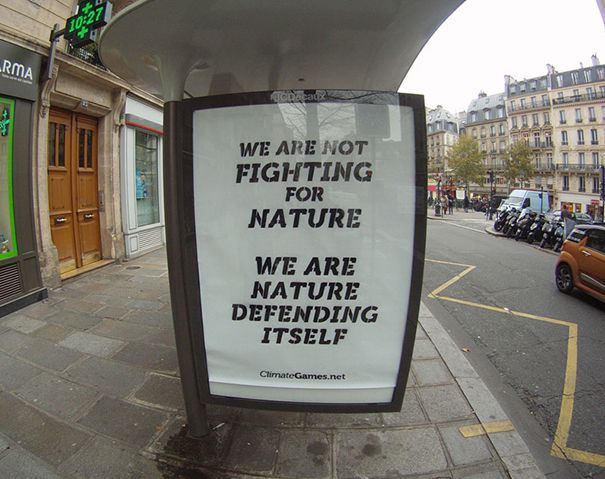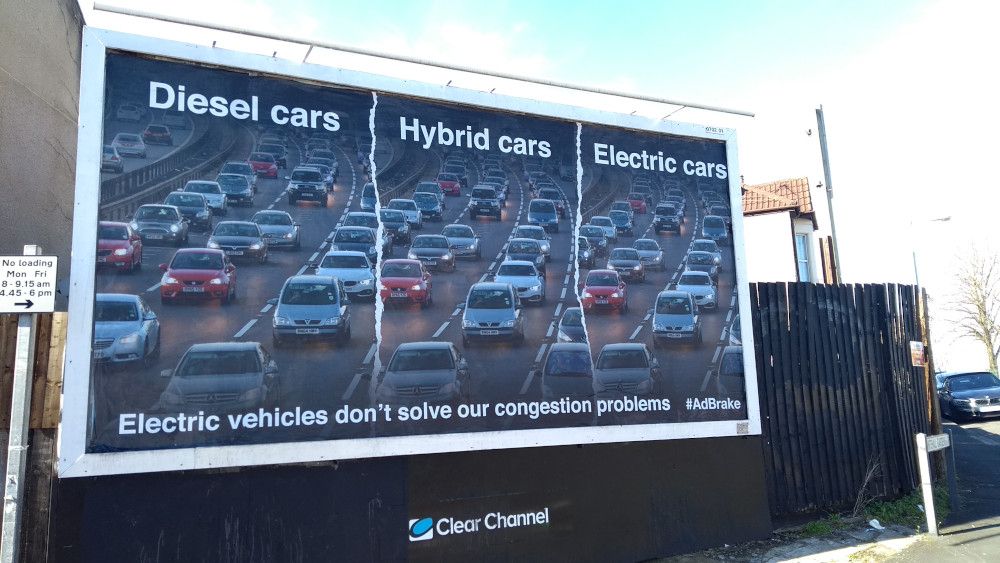
During the Xmas holidays, I found myself on the receiving end of some brilliant persuasion.
I stumbled onto a YouTube channel called Kurzgesagt, which publishes slick animated educational videos. They deal with topics from geopolitics to medicine to psychology to what happens when a city gets nuked, and their tone is upbeat and playful. (They have 20 million subscribers, so they're doing something right.1)
Scrolling through their list of videos, it wasn't clear to me where Kurzgesagt stood ideologically. The video descriptions, thumbnails and titles gave little away. It felt disorienting to be unaware of what – and whom – I was dealing with.
But I tried to keep an open mind. So I picked a random video about a topic I was on the fence about, ignored the comments, and dived in: homeopathy.
Let me back up. In many parts of the West, it's common to dunk on homeopathy. But I know people who treat themselves with it, and get results. When I watched the video, homeopathy was not something I felt strongly for or against. I’d never really investigated it.
By the end of the video, I was more persuaded on this topic than ever that homeopathy is likely to be no more effective than placebo. And a large part of why I was able to be persuaded, was this: when I clicked 'play', I hadn't been primed to expect an outcome. In the absence of an ideological positioning, I had no idea where the video would land. Until I was well into it, and I'd been dazzled by the quality of its arguments.
And it got me thinking. One of your goals as an activist citizen is to persuade. What can you do to increase the chance that your audiences will consume your campaign material – videos, graphics, anything – the same way I watched the Kurzegesagt animation? With curiosity, openness, and willing to be surprised?
There are some things you can build into your material to get halfway there. It just requires rewiring some habits.
Package the material with a question
In a sea of partisan information and clickbait headlines, material that presents itself as balanced will stand out.
An easy way to do this is to phrase the title of your video, the headline of your article, or the content of your accompanying tweet as a question.



As a bonus: cite the arguments of the other side.
Drop your branding
To preserve surprise, consider removing the branding of your campaign from your material.
If you have a known brand, or one that gives away your ideological positioning, it might be making what you publish less persuasive. Say you're the Palestine Solidarity Initiative or the Campaign for Nuclear Disarmament, and you've got strong branding. Your audiences will know what they're going to get before they open your material. Your branding colours your content, before it's consumed.
So try to go branding-free. You can always include your URL or hashtag at the end, as a call to action.


Consider also: on social media your branding is included in your account. Get around this by using an alternative account, or a proxy.
Vandalise your opponent's brand
A few months ago, filmmaker Adam McKay posted a simple tweet:
Has anyone seen this Chevron commercial?
It was a fake ad; a satirical take-off blasting Chevron for its role in global warming (it ends with the slogan Chevron: We don't give a fuck about you). And just like Kurzgesagt's material, you wouldn't know it... until well into the video. Give it a watch – it's short, but powerful.2
You don't need to be a Hollywood film-maker to do some brandalism of you own. See the Brandalism website for inspiration.

Lose the sneering tone
Another thing that made the Kurzgesagt video so effective: it didn't disparage people who believe homepathy is effective as a cure. In fact, it even ended with a gentle critique of modern medicine that went some way to explaining the need for homeopathy.
So, avoid labelling your opponents with names they would never refer to themselves ('fascists', 'covidiots', 'tankies', 'populists', 'racists' and the like). Acknowledge their arguments; treat them with respect.3 Admit what we don’t know. Explain how we know what we know. (I've written quite a bit on this: see here, here and here.)
Because as soon as you disparage your opponents, you've lost the part of the audience that might have been willing to be persuaded.
TL;DR
In these tribal times, people aren't looking to be convinced. They're seeking to confirm what they already believe, so they can show others who believe the same that they're good tribe members.
Nevertheless, you can take some steps to get your arguments a fair hearing. So you can worry about the things that really matter: the quality of your argument, getting it in front of your audiences, and the action you want them to take once you get them on-side.
Notes
1: Yes, 20 million followers is still high social proof.
2: Thinking about it: on TV, you jump into the ads and often have no idea what they want to sell you until the end. Furthermore, any branding will often appear only at the end. This is thanks to the more passive consumption of TV (internet content demands a more active posture... with all the associated opportunities for ideological metadata to seep through). So TV is a great place for the kind of material I'm discussing here -- if only TV ad budgets were within the reach of the average activist citizen!
3: I disagree strongly with people who think the world is flat. But they still deserve respect. Here's a snigger-free look at this belief.
